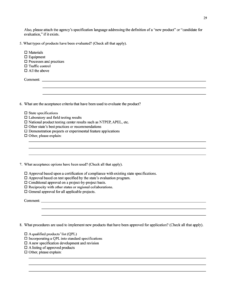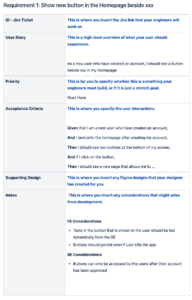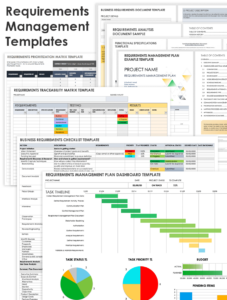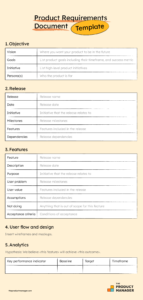Gathering user experience (UX) requirements is a critical step in the design process. It helps ensure that the final product meets the needs of the users. However, gathering UX requirements can be a challenge, especially if you don’t have a clear process to follow. That’s where a UX requirements gathering template can come in handy.
A UX requirements gathering template is a document that provides a structured approach to gathering UX requirements. It typically includes a series of questions or prompts that help you identify the user’s needs, goals, and pain points. Using a template can help you ensure that you’re capturing all of the necessary information and that you’re doing so in a consistent and organized way.
Steps for UX Requirements Gathering
The first step in UX requirements gathering is to define the scope of the project. This will help you determine what information you need to collect. Once you have a clear understanding of the project scope, you can begin to gather requirements using a template.
There are many different types of UX requirements gathering templates available, but they all typically include some of the following questions:
- Who are the users?
- What are their goals?
- What are their pain points?
- What are their expectations?
In addition to these basic questions, you may also want to include questions about the specific context in which the users will be using the product. For example, if you are designing a website, you may want to ask questions about the user’s browsing habits and the devices they will be using to access the site.
Once you have gathered all of the necessary information, you can begin to analyze the requirements and identify the key themes. This will help you to prioritize the requirements and develop a design that meets the needs of the users.
Benefits of Using a UX Requirements Gathering Template
There are many benefits to using a UX requirements gathering template. Some of the benefits include:
- Improved efficiency: A template can help you to gather requirements more quickly and efficiently.
- Increased accuracy: A template can help you to ensure that you are capturing all of the necessary information.
- Enhanced collaboration: A template can help you to share requirements with other stakeholders, such as designers and developers.
- Reduced risk: A template can help you to identify and mitigate risks early in the design process.
If you are looking to improve the efficiency and accuracy of your UX requirements gathering process, consider using a template. There are many different templates available, so you can find one that meets your specific needs.
Conclusion
Gathering UX requirements is a critical step in the design process. By using a UX requirements gathering template, you can ensure that you are capturing all of the necessary information and that you are doing so in a consistent and organized way. This will help you to develop a product that meets the needs of the users and that is successful in the marketplace.
If you are looking for a UX requirements gathering template, there are many different options available online. Do some research to find a template that meets your specific needs and that is easy to use. With a little effort, you can find a template that will help you to improve the efficiency and accuracy of your UX requirements gathering process.



